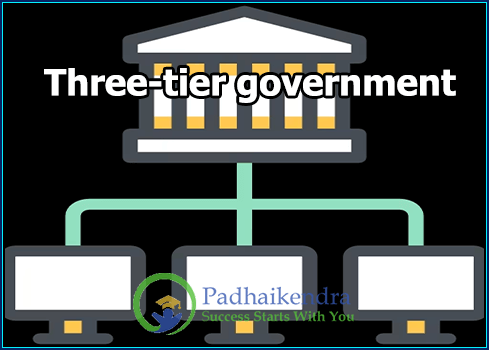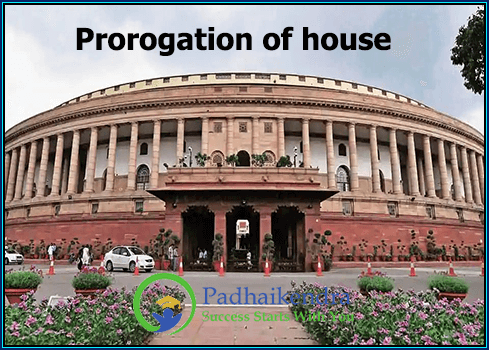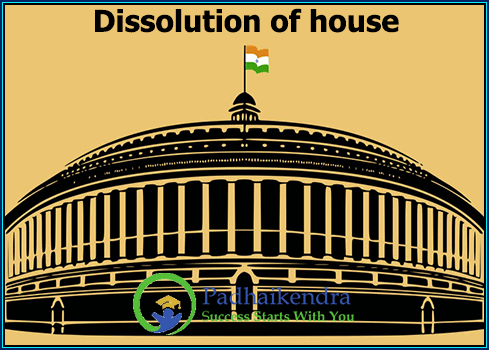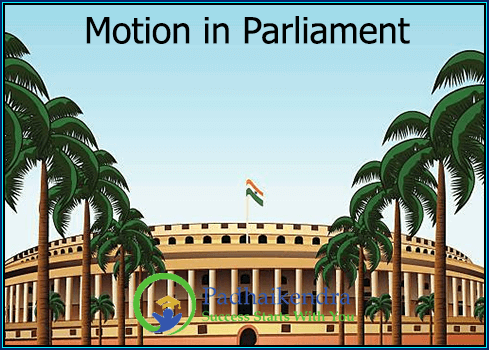The Indian Constitution provides for a three-tier system of government, consisting of the following levels:
- Union Government: The Union government is the central government of India, located in New Delhi. It is responsible for matters of national importance, such as defense, foreign affairs, and national security. The Union government is headed by the Prime Minister and the Council of Ministers.
- State Governments: India has 28 states and 8 Union Territories, each of which has its own government responsible for matters within its jurisdiction. State governments are responsible for matters such as law and order, healthcare, education, and agriculture. State governments are headed by a Chief Minister and the Council of Ministers.
- Local Governments: Local governments in India are known as Panchayats and Municipalities. Panchayats are rural local governments, while Municipalities are urban local governments. They are responsible for matters such as sanitation, water supply, and local infrastructure development. Local governments are headed by elected representatives, such as the Sarpanch in a Panchayat and the Mayor in a Municipality.
The three-tier system of government in India is designed to ensure that power is distributed among different levels of government, with each level responsible for specific areas of governance. This system is intended to ensure that local issues are addressed by local governments, while national issues are handled by the Union government. The system also allows for greater participation of citizens in the governance process, as they have the opportunity to elect representatives at all three levels of government.





